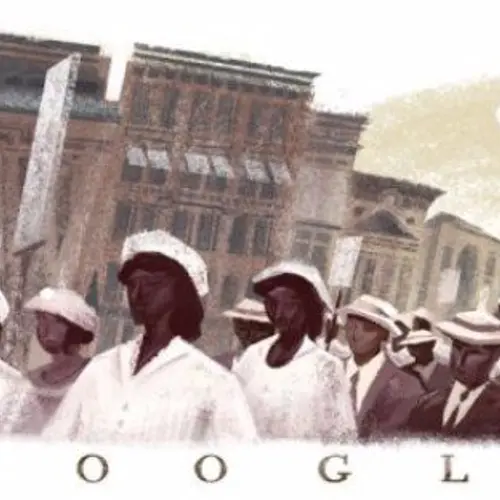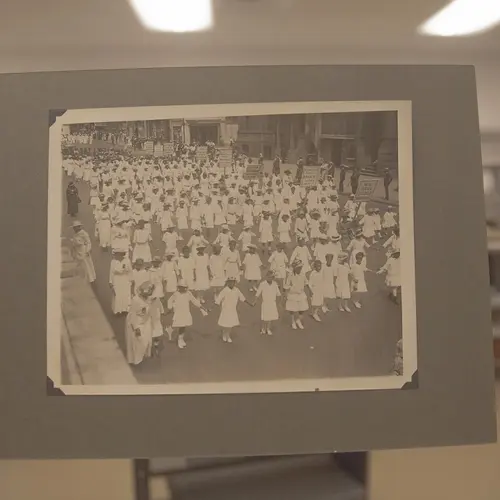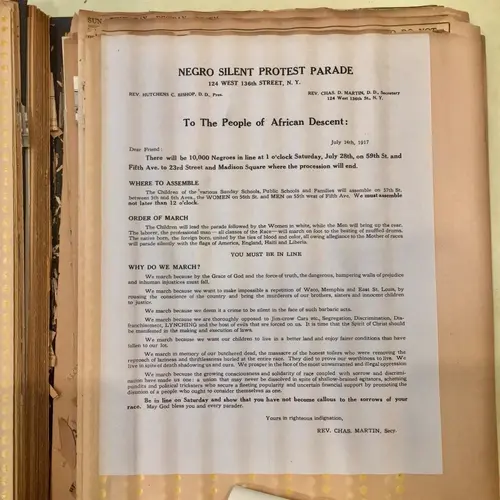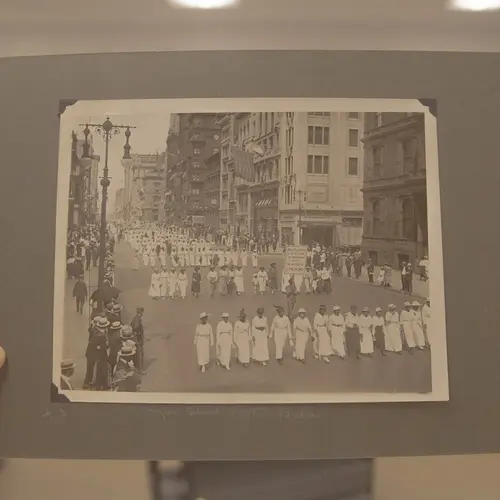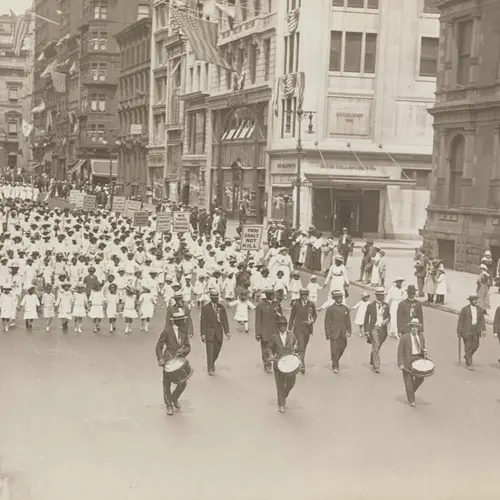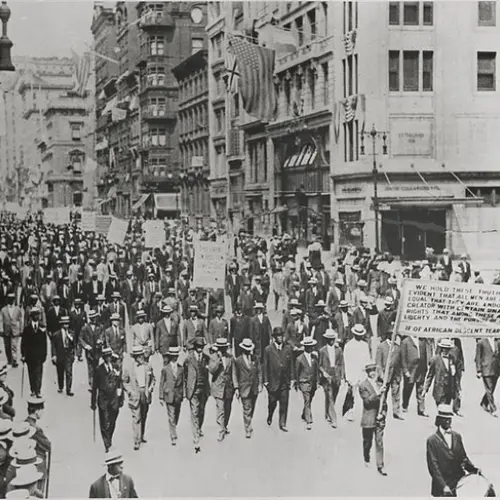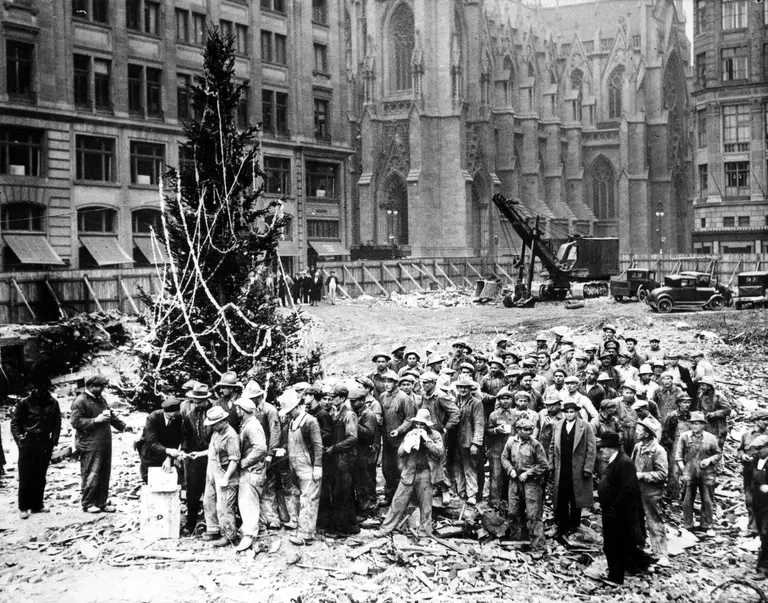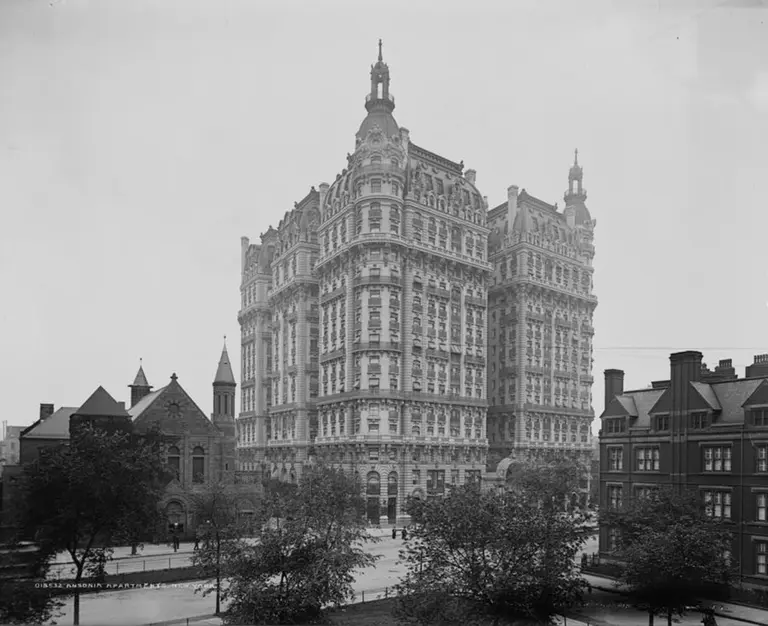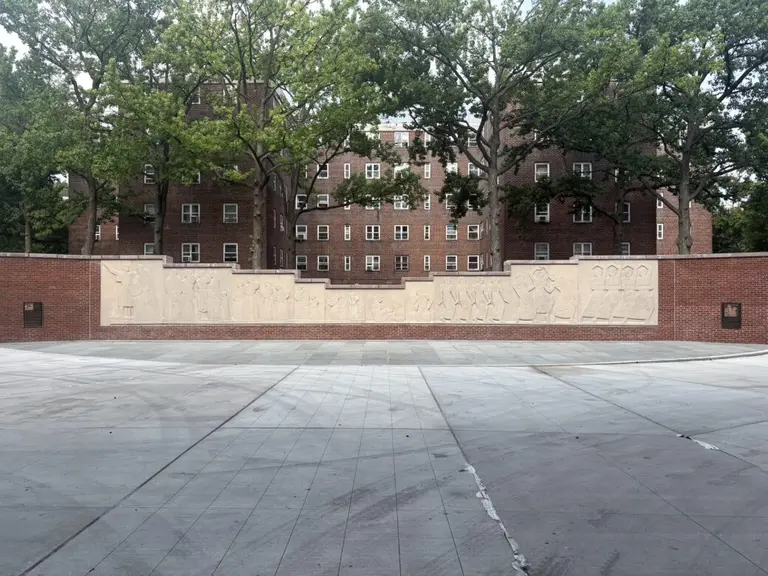100 years ago today, the NAACP held its Silent Protest Parade down Fifth Avenue
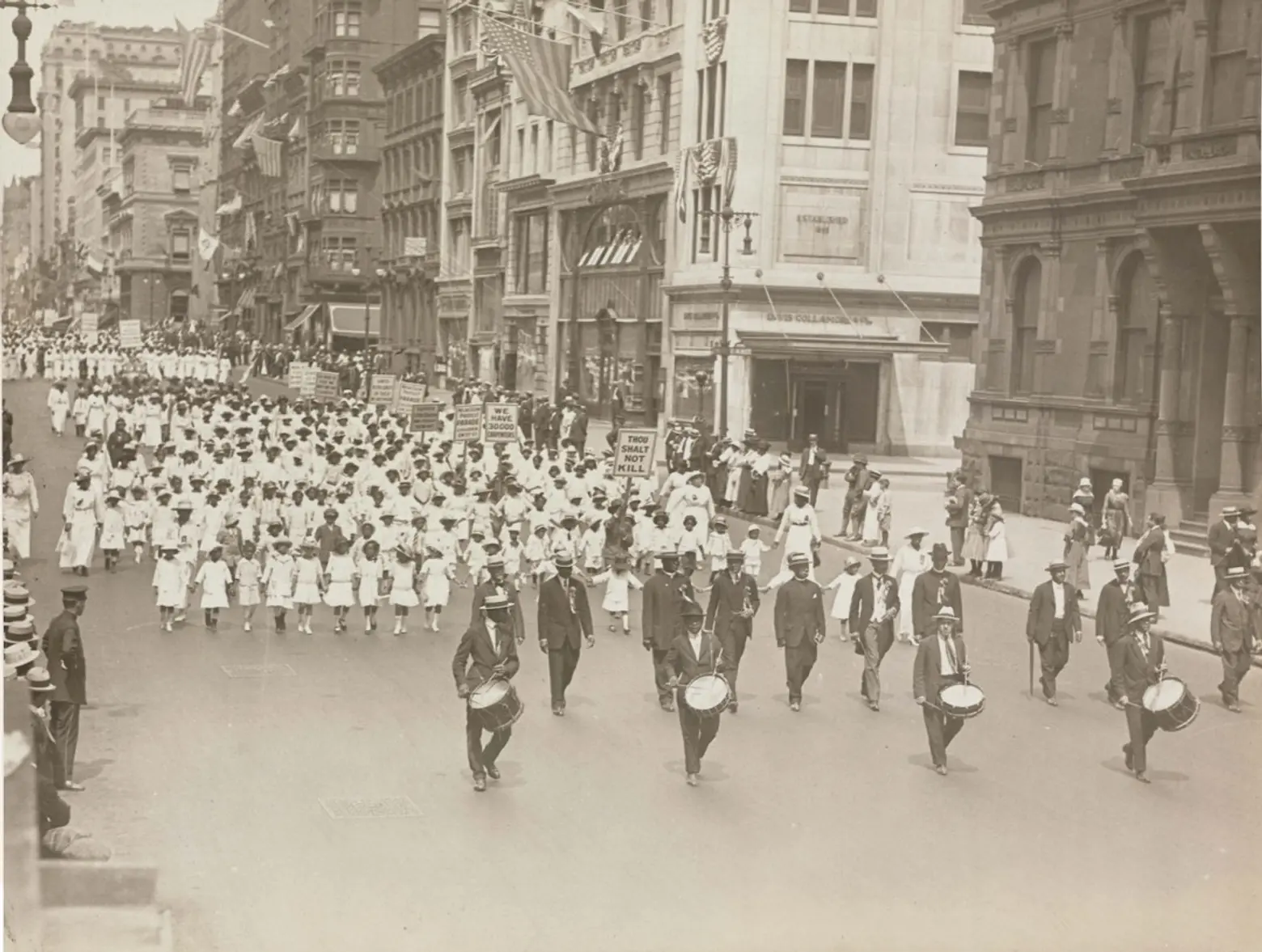
Photo courtesy of James Weldon Johnson Memorial Collection of African American Arts and Letters, Yale Collection of American Literature, Beinecke Rare Book and Manuscript Library
Forty-six years before Martin Luther King Jr. delivered his “I Have A Dream” speech during the March on Washington, nearly 10,000 African-Americans silently marched down Fifth Avenue to protest racial violence in the United States. Organized by the National Association for the Advancement of Colored People (NAACP), the Silent Protest Parade occurred on Saturday, July 28, 1917, and became the first mass civil rights demonstration of its kind. Protesters walked from 55th and 59th Streets to Madison Square, without so much as a whisper (h/t Hyperallergic).
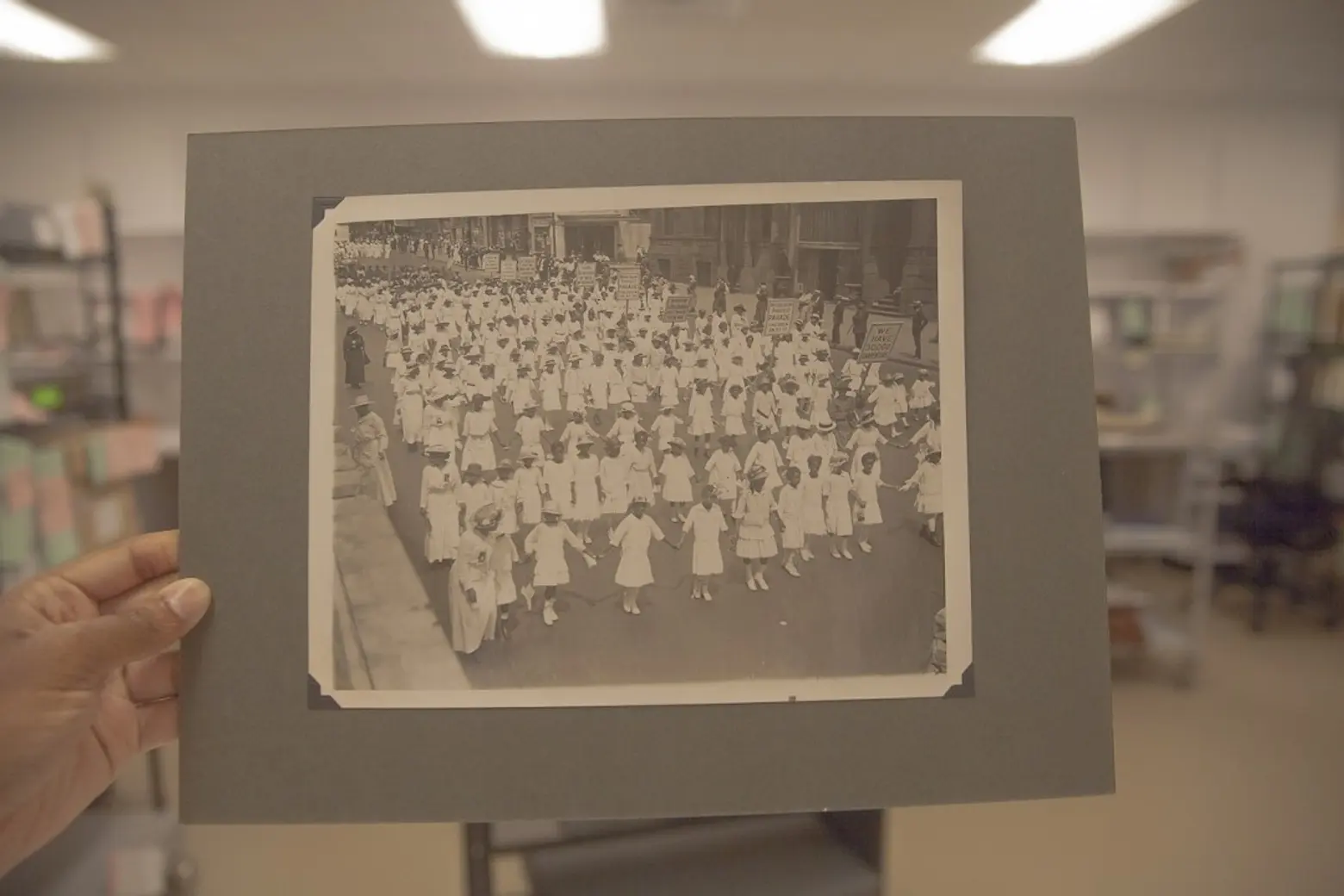
The Silent Protest Parade protested mob violence and lynchings of African Americans. In 1916 in Waco, Texas a mob of 10,000 white men attended the lynching of a black farmer, Jesse Washington. One year later, 5,000 white men aided in the kiling of a black woodcutter, Ell Persons, in Memphis. Then, on July 2, 1917, in East St. Louis, a horrific riot broke out, with white mobs targeting anyone who was black; men, children, the elderly and the disabled. Hundreds of African-Americans died, with 6,000 forced to leave their homes. The gruesome St. Louis mob served as a catalyst for the Silent Parade.
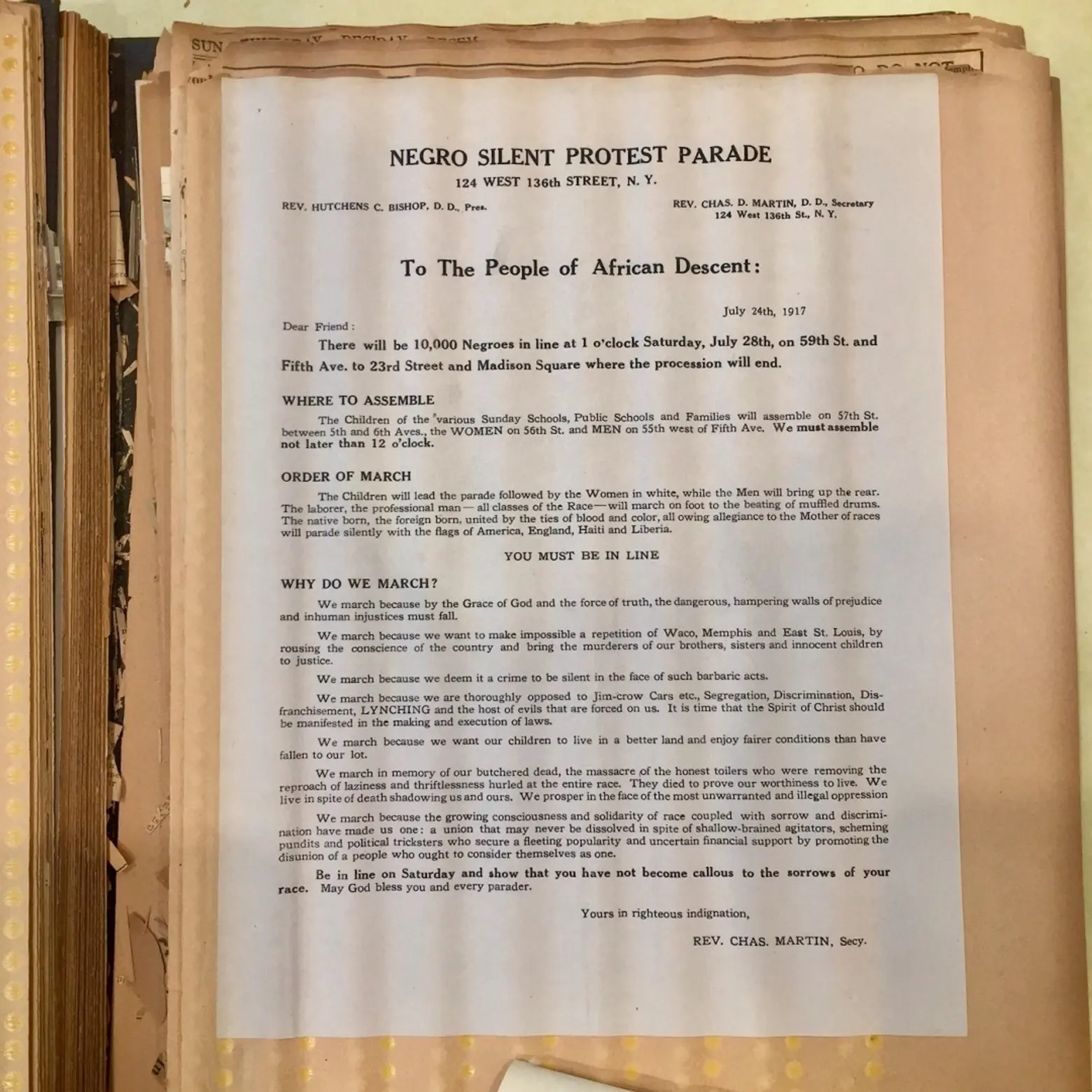
In addition to being an effective statement, activists hoped the parade would pressure President Woodrow Wilson into taking legislative action to protect black Americans. The NAACP and its leaders, James Weldon Johnson and W.E.B. DuBois, developed a petition to the White House that read that in the “last thirty-one years 2,867 colored men and women have been lynched by mobs without trial. We believe that this spirit of lawlessness is doing untold injustice to our country and we submit that the record proves that the States are either unwilling or unable to put down lynching and mob violence.”
At the end of their petition to the president, the organizers wrote: “We march because the growing consciousness and solidarity of race coupled with sorrow and discrimination have made us one: a union that may never be dissolved in spite of shallow-brained agitators, scheming pundits and political tricksters who secure a fleeting popularity and uncertain financial support by promoting the disunion of a people who ought to consider themselves as one.”
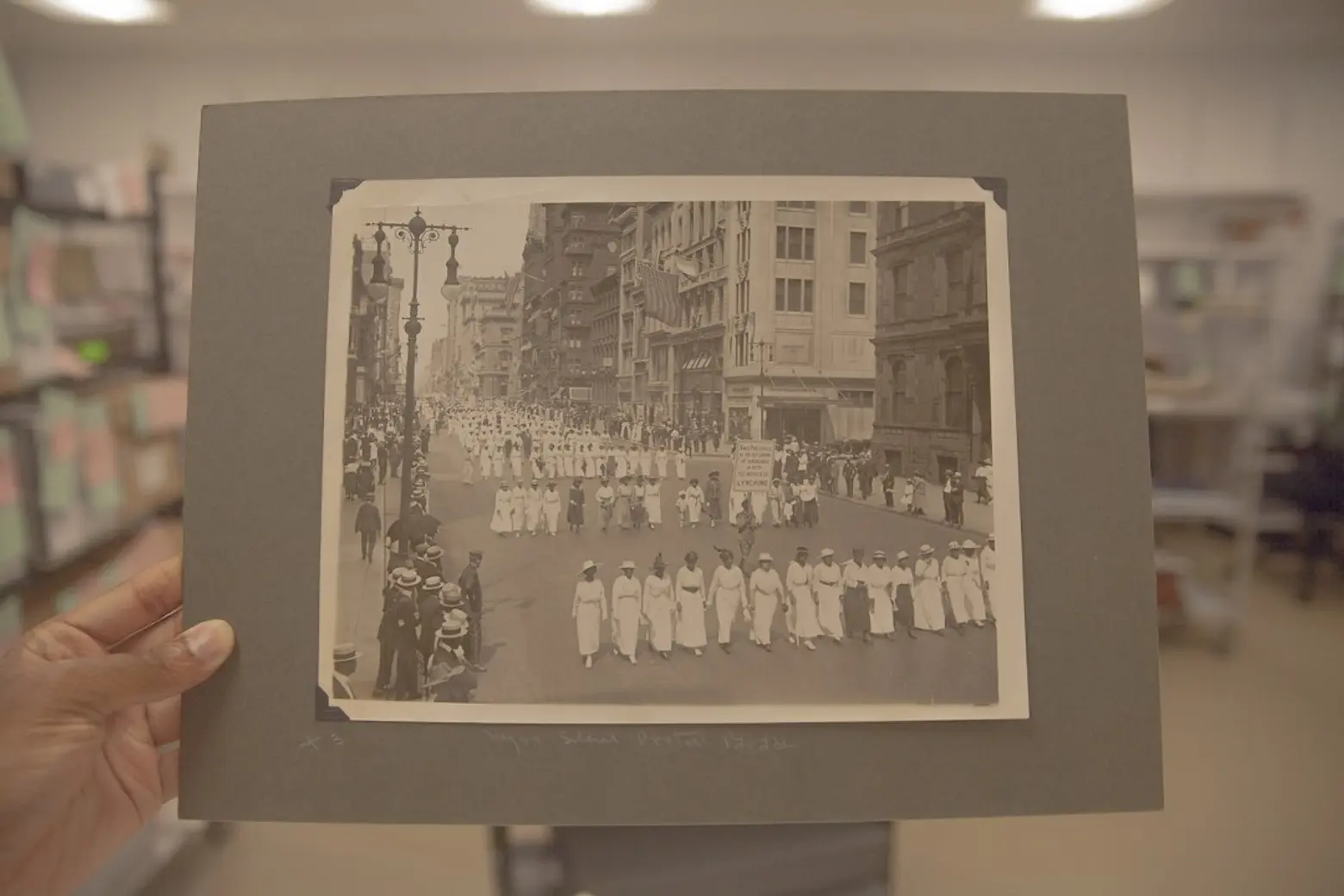
With women and children dressed in all white and men in black, the protesters held signs that read “Thou Shalt Not Kill” and “Your Hands Are Full of Blood,” and never uttered a single word, with the only sound coming from the drummers in the front line. Following the march, Johnson said, “The streets of New York have witnessed many strange sights, but, I judge, never one stranger than this; certainly, never one more impressive.”
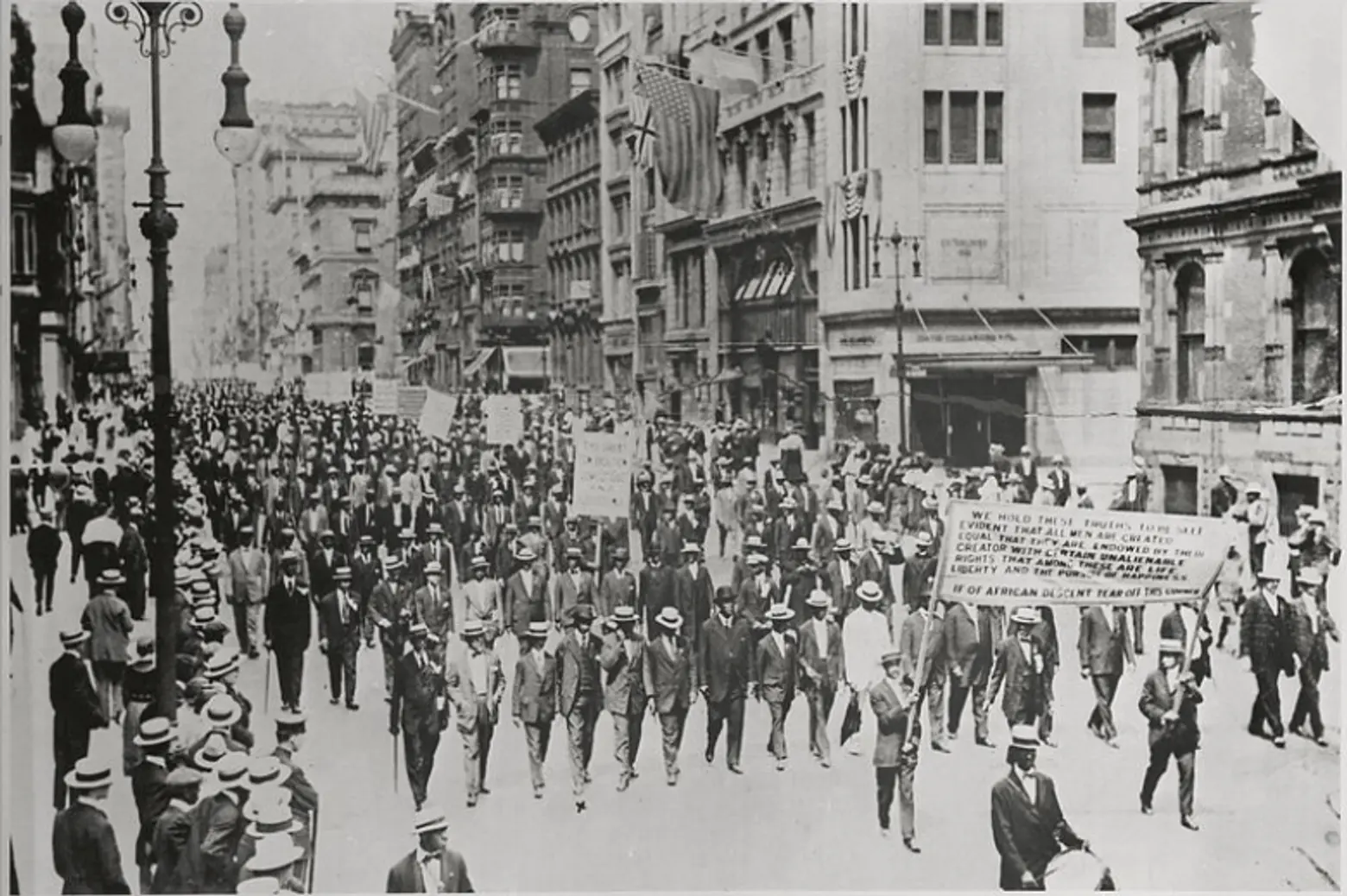
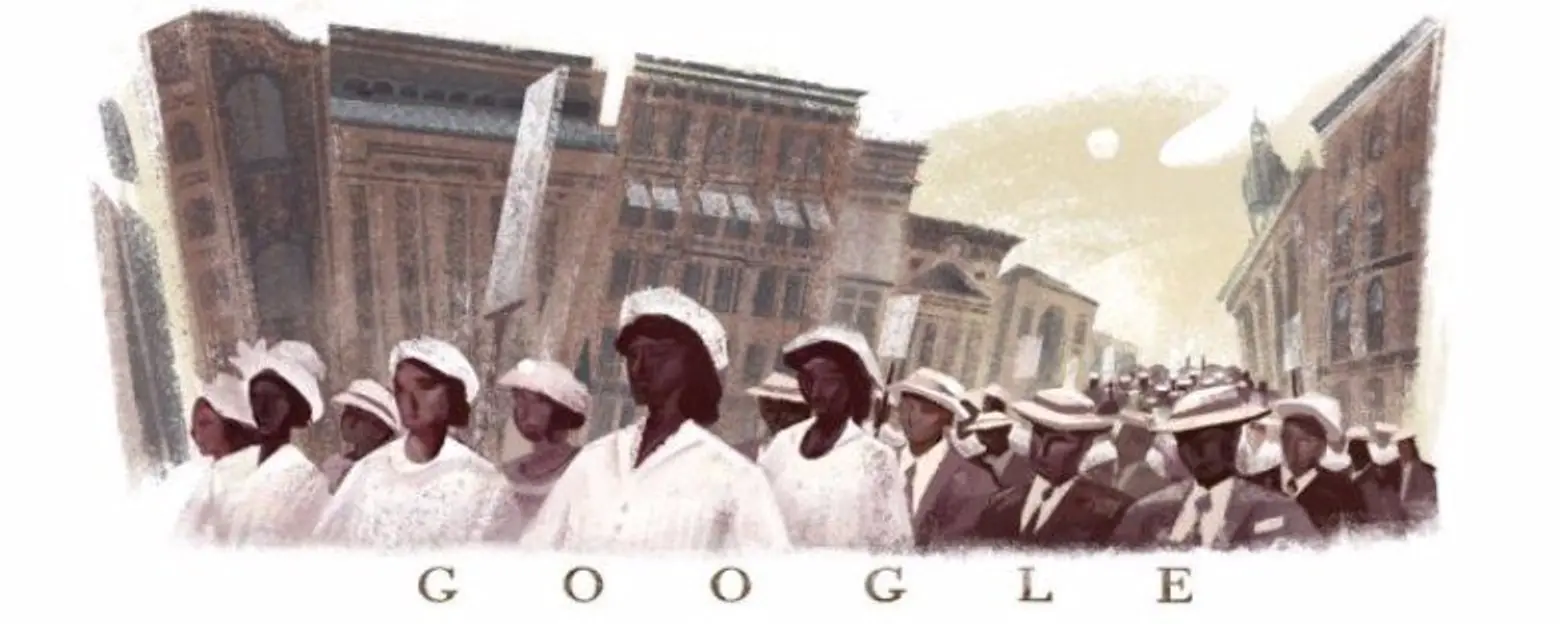
Today’s Google Doodle commemorates the Silent Protest Parade which happened on this date, 100 years ago to honor “those whose silence resonates a century later.” If interested in honoring those who protested, the non-profit Kindred Arts, in partnership with the NAACP and the arts initiative Inside Out, will re-enact the historic demonstration today. Artists, poets and anyone interested in participating should wear all white and gather at the Fountain Terrace of Bryant Park at 5 p.m. According to the Art Newspaper, participants include former Minister of Culture for the Black Panther Party, Emory Douglas, filmmaker Dream Hampton and activist and writer Jamal Joseph.
[Via Hyperallergic]
RELATED:
